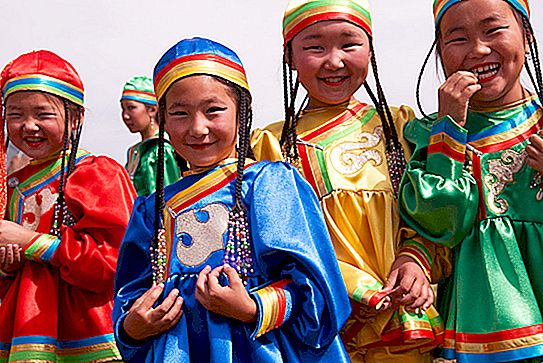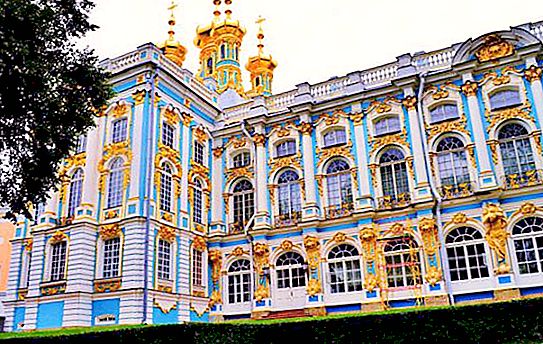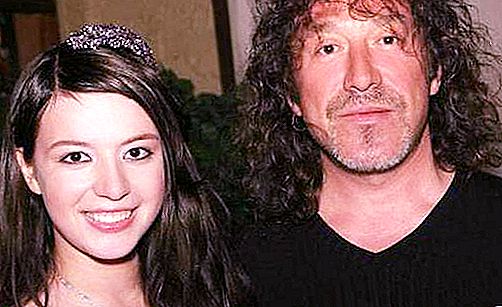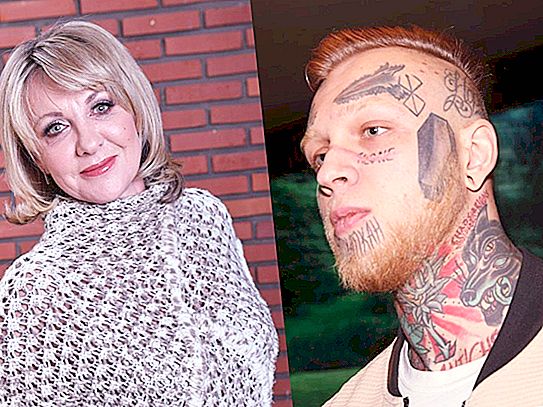The Altai Republic is one of the constituent entities of the Russian Federation. It has another name - Altai Mountains. The Altai Republic and Altai Territory are different subjects of the Russian Federation. The capital of the republic is the city of Gorno-Altaysk.

The Altai Republic is located southeast of the Altai Territory, southwest of the Kemerovo Region, west of the republics of Khakassia and Tuva, north of Mongolia and China and north-east of Kazakhstan.
The official languages are Russian and Altai. The area of the region is 92 903 km 2. The population of the Altai Republic is 218, 063 people, and its density is 2.35 people / km 2.
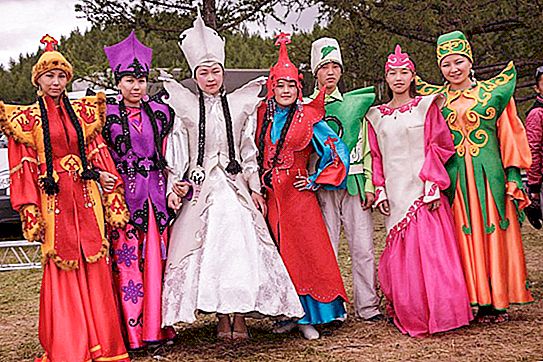
Geographic features
The Altai Republic is characterized by a pronounced mountainous terrain with high and snow-covered massifs and narrow valleys. The highest point is Mount Belukha (4509 m above sea level).
The climate is characterized by sharp continentality, frosty winters and short hot summers. Great daily temperature differences. Some areas according to the severity of climatic conditions correspond to the regions of the Far North.
The hydrographic network is well developed. The region has approximately 7, 000 lakes and over 20, 000 different waterways.
Local time is 4 hours ahead of Moscow time and corresponds to Krasnoyarsk time.
The Altai Republic is one of the poorest regions of Russia.
Population
In 2018, the population was 218, 063 people. The population density of the Altai Republic was 2.35 people. per sq. km The share of urban residents was 28.65%.
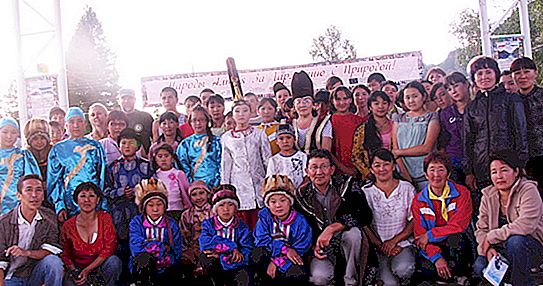
The population dynamics shows a steady growth, which continued in recent years. In 1897, the number of inhabitants was only 41 983 people. Population growth occurred in the 90s of the twentieth century. Such dynamics is unusual for Russian regions, in most of which the number of residents after 1990 is declining or relatively stable.
Fertility and natural growth do not have such a clear dynamics and change in different years in different directions.
Life expectancy is quite low and barely changes over time. In 1990, it was 64.4 years, and in 2013 - 67.3 years.
Features of the Altai population
Altai is a sparsely populated region with a low population density. One of the reasons for this is harsh mountain conditions. The prevailing traditional for local residents economy. All this favors the conservation of the natural nature of this region. Recently, tourism has been actively developing here. The Altai Republic is one of the smallest in Russia. It is in fourth place after Chukotka, Magadan Oblast and the Jewish Autonomous Oblast, in which the number of inhabitants is also small.
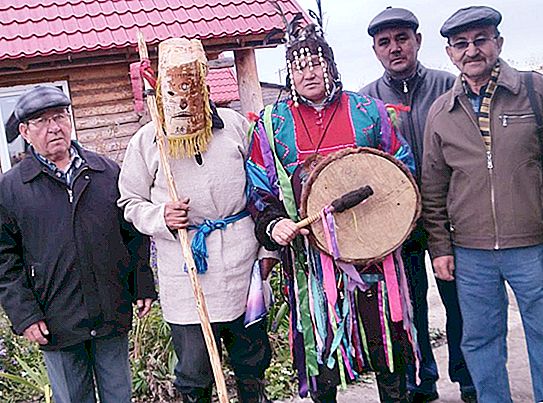
Another feature of the Altai population is its high birth rate. Here it is 22.4 people / 1000 and 2 times higher than mortality. As a result, the population is growing. For the same reason, there are far fewer pensioners than young people.
The region has significant unemployment. Salaries, as in most other regions of Russia, are not high. However, another big minus is the lack of jobs themselves. Together with harsh climatic conditions, low soil fertility and a lack of natural resources, this creates unfavorable conditions for the life of the population of the Altai Republic, the amount of which, despite the growth, is rather low. The infrastructure here is also underdeveloped.
National composition of the population
In the Altai Republic, the share of Russians is much lower than in most other constituent entities of the Russian Federation. Here it is 57.5%. About a third of the region’s population is Altai. The share of Kazakhs is up to 6%. The remaining nationalities are represented by fractions of a percent. The most numerous of them are Ukrainians (0.71%).
Religious composition
According to a large-scale survey of 2012, 28% of the republic’s residents are Orthodox believers focused on the Russian Orthodox Church. Altai traditional religion adhere to 13% of respondents. Islam is professed by 6%, and Christianity (not counting Orthodoxy) - 3%. Another 1.6 percent profess Eastern religions, 25% believe in God as a higher power, 14% are atheists. Other religions adhere to 1% of the total number of respondents.

